Two solar and one wind farm could see their output significantly curtailed due to system strength issues in northern Queensland. In a notice released on Thursday, the Australian Energy Market Operator (AEMO) said the output of the Haughton and Sun Metals solar farms and the Mt Emerald wind farm could even be slashed to zero under certain conditions.
The issues were identified by the AEMO and Powerlink in the course of their investigation of system requirements in northern Queensland. Similar system strength issues were the reason why four solar farms in Victoria and one in New South Wales had their output curtailed by 50% for the past six months. The curtailment decisions have been explained by a risk of oscillations which could be caused by inverter-connected generation under certain scenarios.
In addition to the five solar farms, 45 renewable generators are affected by grid woes in the West Murray region. According to AEMO, five of those generators are at the point of commissioning but now on hold, 15 generators are committed to connect and 25 generators are at the point of applying for connection.
In Queensland, the number of affected projects is smaller but potential curtailment is immense. The Sun Metals project is a 125 MW solar farm located nearby a namesake Korean-owned zinc refinery. The project was commissioned two years ago and today covers one-third of the refinery’s energy needs. The other two projects are somewhat younger. Pacific Hydro Australia’s 100 MW Haughton Solar Farm connected to the grid in May, while RATCH-Australia’s Mt Emerald wind farm officially opened in August last year.
As announced by AEMO, the limitations on the output of these generators will be closely connected to the operation of other nearby generators. Namely, the three projects will be allowed to operate at full capacity only if Barron Gorge and Kareeya are running all their hydro plant units while being backed by the Gladstone, Stanwell and Callide coal-fired generators. If one or more hydro plant units are offline, the output could be limited to 80 or 70%.
In the worst-case scenario, the three generators will be forced to slash their output to zero. This could potentially be improved by the installation of synchronous condensers that could prop up system strength but would translate into additional expenses for the project owners.
This content is protected by copyright and may not be reused. If you want to cooperate with us and would like to reuse some of our content, please contact: editors@pv-magazine.com.
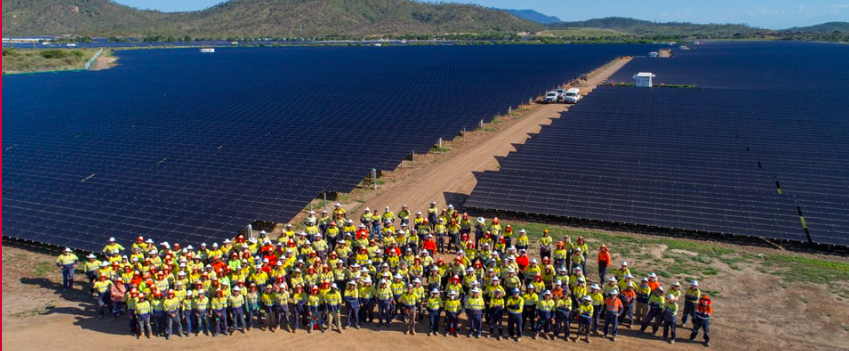
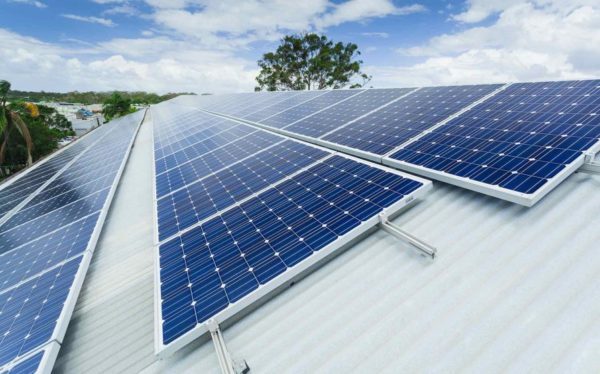


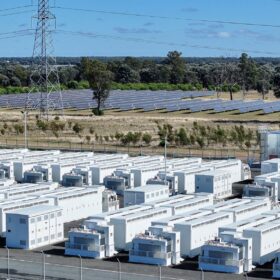

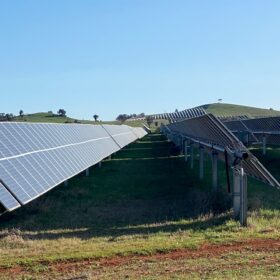
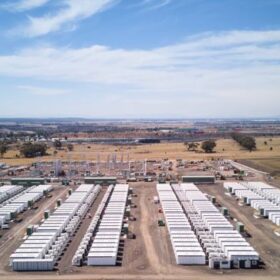
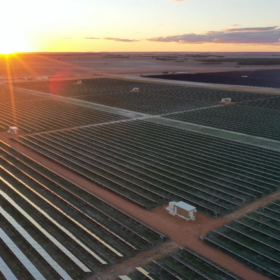
“Two solar and one wind farm could see their output significantly curtailed due to system strength issues in northern Queensland. In a notice released on Thursday, the Australian Energy Market Operator (AEMO) said the output of the Haughton and Sun Metals solar farms and the Mt Emerald wind farm could even be slashed to zero under certain conditions.”
Time to use the technology, researched in the late 1980’s Australia, when the redox battery technology was studied as an energy storage unit of the future. VRB redox should be part of these projects, either added now or part of the entire construction project. Curtailing non-fueled generation and continuing to use fueled generation to ramp around grid demands is insane. Run the plants during the day and store all of the solar farms output into energy storage, then electronically switch out the stored energy at night. Instead of generating the power and shoving it onto the grid, store the non-fueled generation first, then switch out what is needed to support the grid demands, this also has the effect of extending the solar PV generation day past sunlight hours into night time grid demand hours.